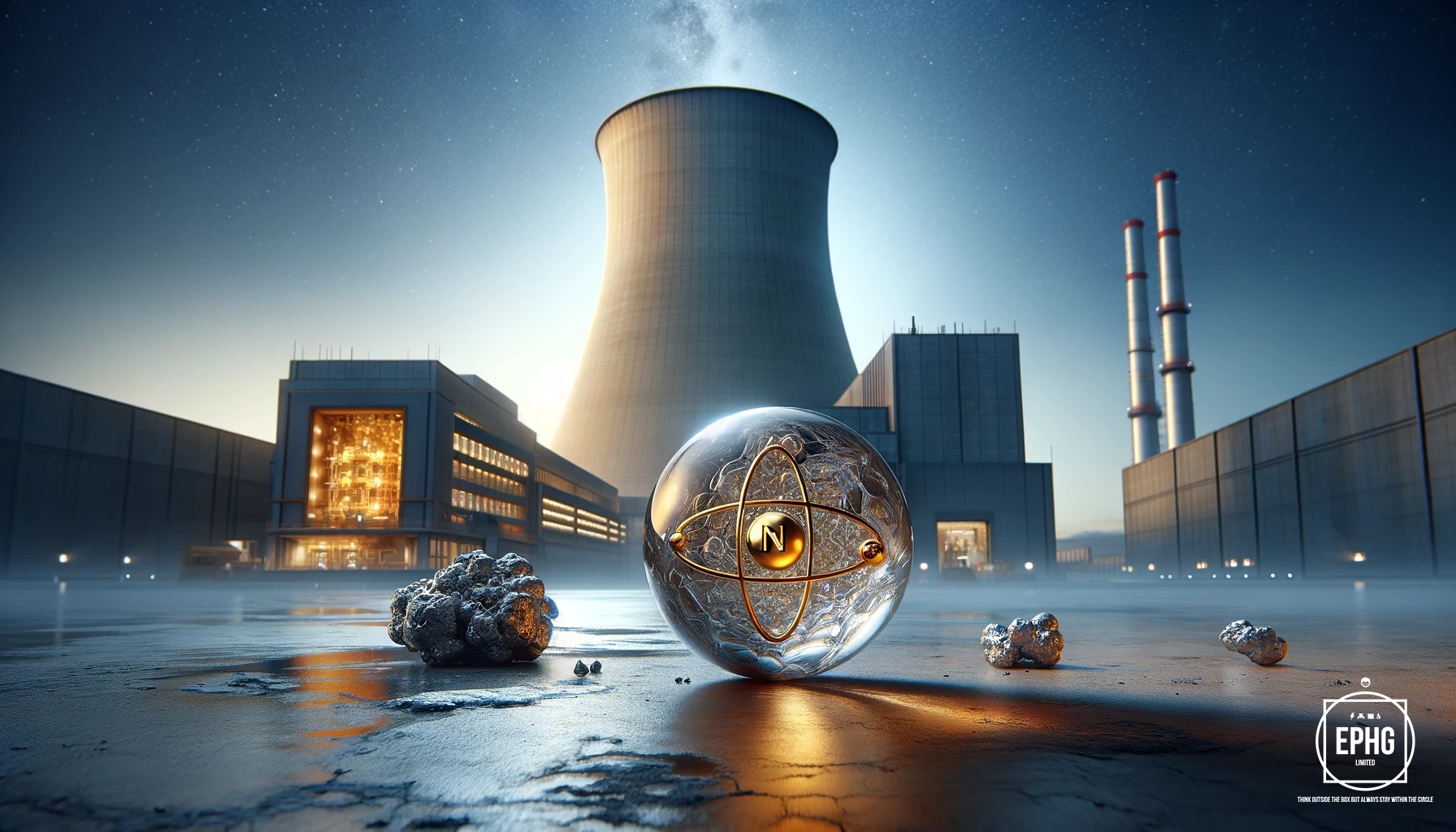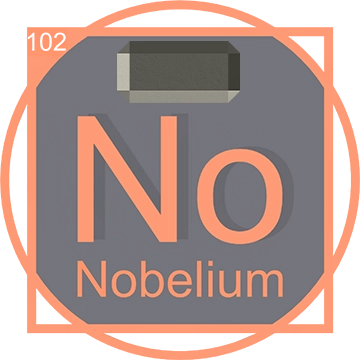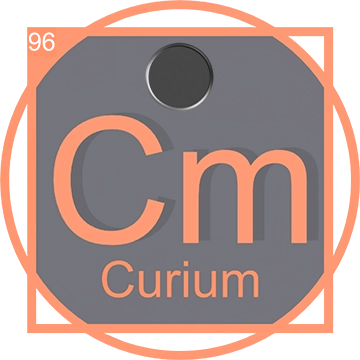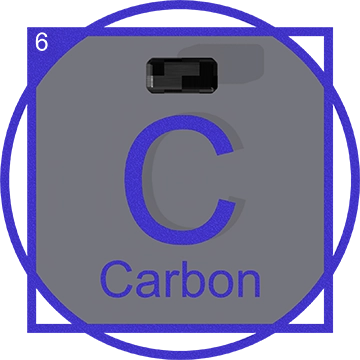Nobelium (No): A Journey Through Its Discovery and Potential
Introduction to Nobelium
Nobelium, with the chemical symbol No and atomic number 102, is a synthetic and highly radioactive element that belongs to the actinide series in the periodic table. This element was named in honor of Alfred Nobel, the inventor of dynamite and founder of the Nobel Prize.
Discovery of Nobelium

The discovery of Nobelium was a contested affair initially. It was first reported in 1957 by scientists at the Nobel Institute in Sweden. However, this claim was later disputed and confirmed in 1958 by a team at the Lawrence Berkeley National Laboratory and the Joint Institute for Nuclear Research in Dubna, Russia. The discovery involved the fusion of curium with carbon atoms, leading to the creation of this new element.
Nobelium in the Periodic Table
Nobelium is located in the actinide series of the periodic table, positioned among other heavy and radioactive elements. This placement is crucial as it highlights its properties and the challenges associated with its chemical experiments due to its radioactivity. To understand more about where Nobelium fits within the periodic table, you can explore the periodic table here.
Scientific Significance of Pure Nobelium

The creation and study of Pure Nobelium have significantly advanced the field of nuclear chemistry and physics. It has helped scientists understand the limits of the periodic table and the properties of superheavy elements. Moreover, the synthesis of Pure Nobelium has provided insights into the nuclear reactions that govern the stability of atoms at the higher end of the periodic scale.
Applications of Nobelium in Technology
As of now, Nobelium has no significant commercial applications due to its short half-life and the minute amounts in which it can be produced. However, research is ongoing into its potential use in various fields such as medicine and industry, particularly in areas that might benefit from its radioactive properties.
Production of Nobelium
Nobelium is not found naturally and cannot be mined from the Earth. It is a synthetic element that is produced in particle accelerators through a complex nuclear reaction. The most common method involves bombarding curium, which is also a synthetic element, with carbon ions. This process typically uses curium-246 or curium-248 isotopes and carbon-12 or carbon-13 ions.
The specific nuclear reaction for producing Nobelium is as follows:
Current Uses of Nobelium
Currently, Nobelium has no practical applications outside of scientific research. Due to its extreme radioactivity and short half-life, Nobelium's use is primarily confined to laboratory studies. Scientists study Nobelium to gain insights into the properties of heavy and superheavy elements. Such research is crucial for expanding our understanding of the periodic table and nuclear physics.
Future Prospects of Nobelium
The future research involving Nobelium is focused on the quest for discovering new elements and studying the theoretical "island of stability." This concept suggests that there could be a region in the periodic table where superheavy elements might have longer half-lives. Discovering or synthesizing such elements could lead to new materials with unique properties, potentially useful in various high-tech applications, including energy solutions and advanced computing.
While Nobelium itself may not find direct applications, its study could pave the way for the creation of new elements that could be stable and practical enough for future technological innovations.












